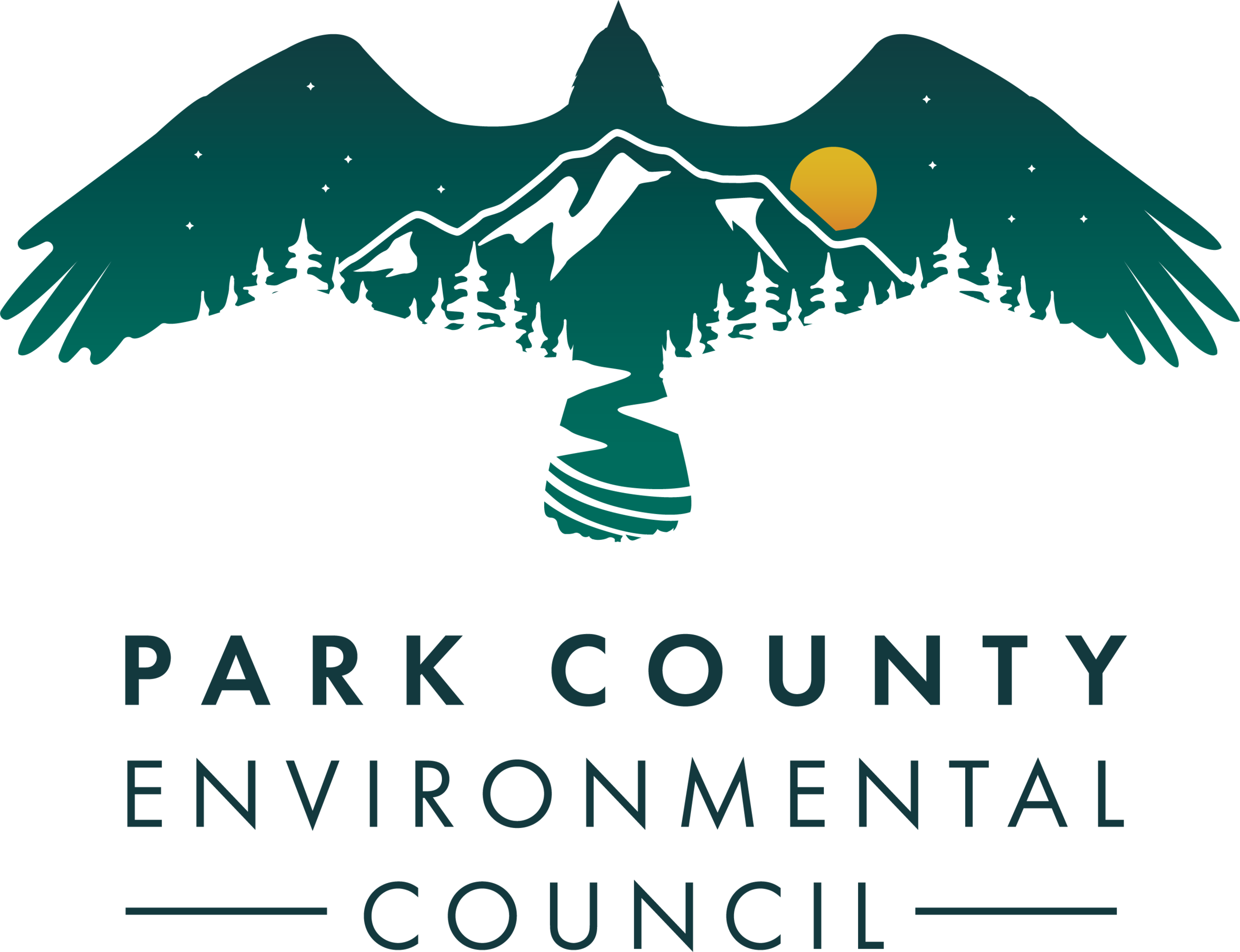Yellowstone River Flood, one year later
On the evening of June 12th, 2022, I was in Sacagawea Park looking at the Yellowstone River, which was flowing high with runoff, at around 30,000 cfs. The sky was filled with dark clouds, threatening rain. It was warm out. People were walking along the levee. Games of horseshoes were being played. It was a beautiful spring evening in Montana.
The morning of June 13th, 2022, I awoke to a barrage of flood warning text messages.
I checked the U.S. Geological Survey stream gauge reading at Corwin Springs and did a double take. It was reading 50,000 cfs! I felt like banging the side of my computer like an old television to get it to display correctly — there had to be a glitch. With a previous known record at Corwin Springs of only 32,000 cfs, that flow level was unheard of.
I called a friend up the valley, his panicked voice confirmed that it was real. There was a tsunami coming our way. Minutes later, I received the video of the Tom Miner steel truss bridge being torn from its abutments and carried down river in a roiling mass of muddy water. It was time to panic.
Who we are in a moment of crisis informs our character. As word spread, the community responded. The odds felt insurmountable, and yet we rallied, filling and delivering sandbags, aiding friends and neighbors, all working together into the early morning to literally hold back the waters. It was exhausting.
We got lucky — the flood, while the largest recorded, was extremely short lived. A peculiar mix of lingering snow pack and an atmospheric river that brought heavy rain combined to create an epic runoff event in the Absaroka, Beartooth and Gallatin mountains that inundated Park, Stillwater and Carbon counties.
Regardless, the aftermath was real: Lives were upended; homes and businesses were destroyed; river banks were compromised; and recovery was and is still challenging. On the back of a pandemic, our tourism economy, already depleted, was heavily impacted by the season-long closure of the north entrance to Yellowstone National Park. Even so, we as a community continued to show up for one another. Volunteers helped friends, neighbors, and strangers muck out flooded homes and businesses. Partnerships and collaborations were made Community members cooked meals and offered their homes, and help was provided to navigate the complicated emergency bureaucracy and begin rebuilding.
We have a lot to be proud of as a community in how we came together last summer in the wake of the flooding, and much to be thankful for. We also need to prepare for the next flood or fire or disaster, without forgetting the lessons learned from this one and those that preceded it. We can and will continue to work together to be a more resilient community, in the face of epic flash floods, or the slow continual rising wave of climate change.
As we remember the chaos and solidarity we all experienced a year ago, take a moment to check in on your friends, family and neighbors. To reflect on what is important, and to know that we’re all in this together.

